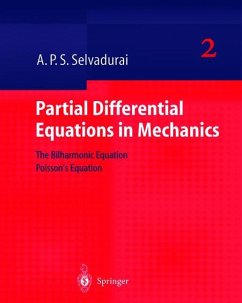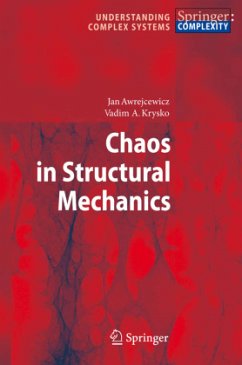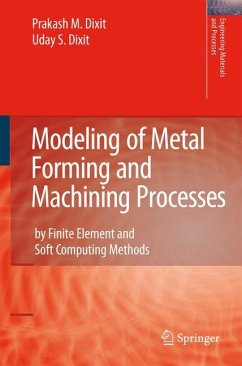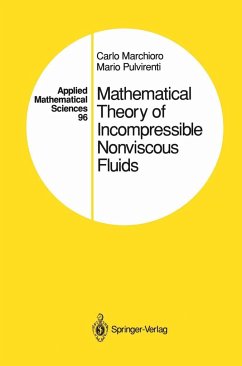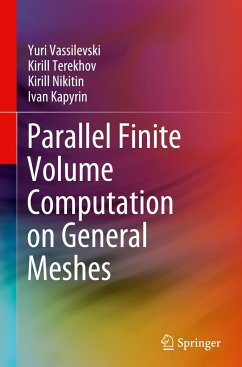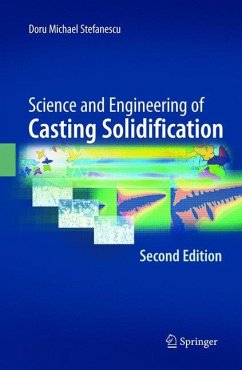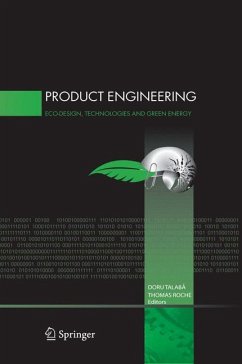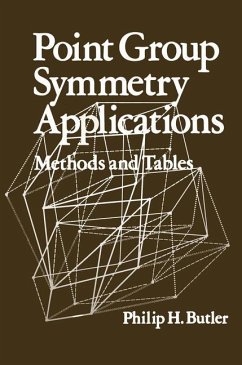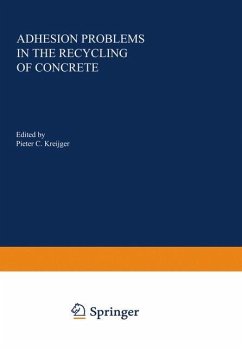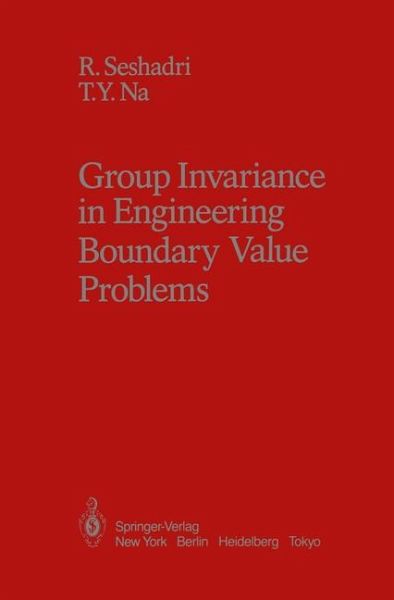
Group Invariance in Engineering Boundary Value Problems

PAYBACK Punkte
20 °P sammeln!
REFEREN CES . 156 9 Transforma.tion of a Boundary Value Problem to an Initial Value Problem . 157 9.0 Introduction . 157 9.1 Blasius Equation in Boundary Layer Flow . 157 9.2 Longitudinal Impact of Nonlinear Viscoplastic Rods . 163 9.3 Summary . 168 REFERENCES . . . . . . . . . . . . . . . . . . 168 . 10 From Nonlinear to Linear Differential Equa.tions Using Transformation Groups. . . . . . . . . . . . . . 169 . 10.1 From Nonlinear to Linear Differential Equations . 170 10.2 Application to Ordinary Differential Equations -Bernoulli's Equation . . . . . . . . . . . 173 10.3 Application to Parti...
REFEREN CES . 156 9 Transforma.tion of a Boundary Value Problem to an Initial Value Problem . 157 9.0 Introduction . 157 9.1 Blasius Equation in Boundary Layer Flow . 157 9.2 Longitudinal Impact of Nonlinear Viscoplastic Rods . 163 9.3 Summary . 168 REFERENCES . . . . . . . . . . . . . . . . . . 168 . 10 From Nonlinear to Linear Differential Equa.tions Using Transformation Groups. . . . . . . . . . . . . . 169 . 10.1 From Nonlinear to Linear Differential Equations . 170 10.2 Application to Ordinary Differential Equations -Bernoulli's Equation . . . . . . . . . . . 173 10.3 Application to Partial Differential Equations -A Nonlinear Chemical Exchange Process . 178 10.4 Limitations of the Inspectional Group Method . 187 10.5 Summary . 188 REFERENCES . . . . 188 11 Miscellaneous Topics . 190 11.1 Reduction of Differential Equations to Algebraic Equations 190 11.2 Reduction of Order of an Ordinary Differential Equation . 191 11.3 Transformat.ion From Ordinary to Partial Differential Equations-Search for First Integrals . . . . . . " 193 . 11.4 Reduction of Number of Variables by Multiparameter Groups of Transformations . . . . . . . . .. . . . 194 11.5 Self-Similar Solutions of the First and Second Kind . . 202 11.6 Normalized Representation and Dimensional Consideration 204 REFERENCES .206 Problems . 208 .220 Index .. Chapter 1 INTRODUCTION AND GENERAL OUTLINE Physical problems in engineering science are often described by dif ferential models either linear or nonlinear. There is also an abundance of transformations of various types that appear in the literature of engineer ing and mathematics that are generally aimed at obtaining some sort of simplification of a differential model.






